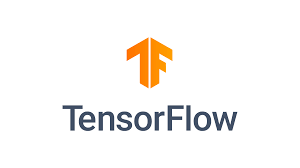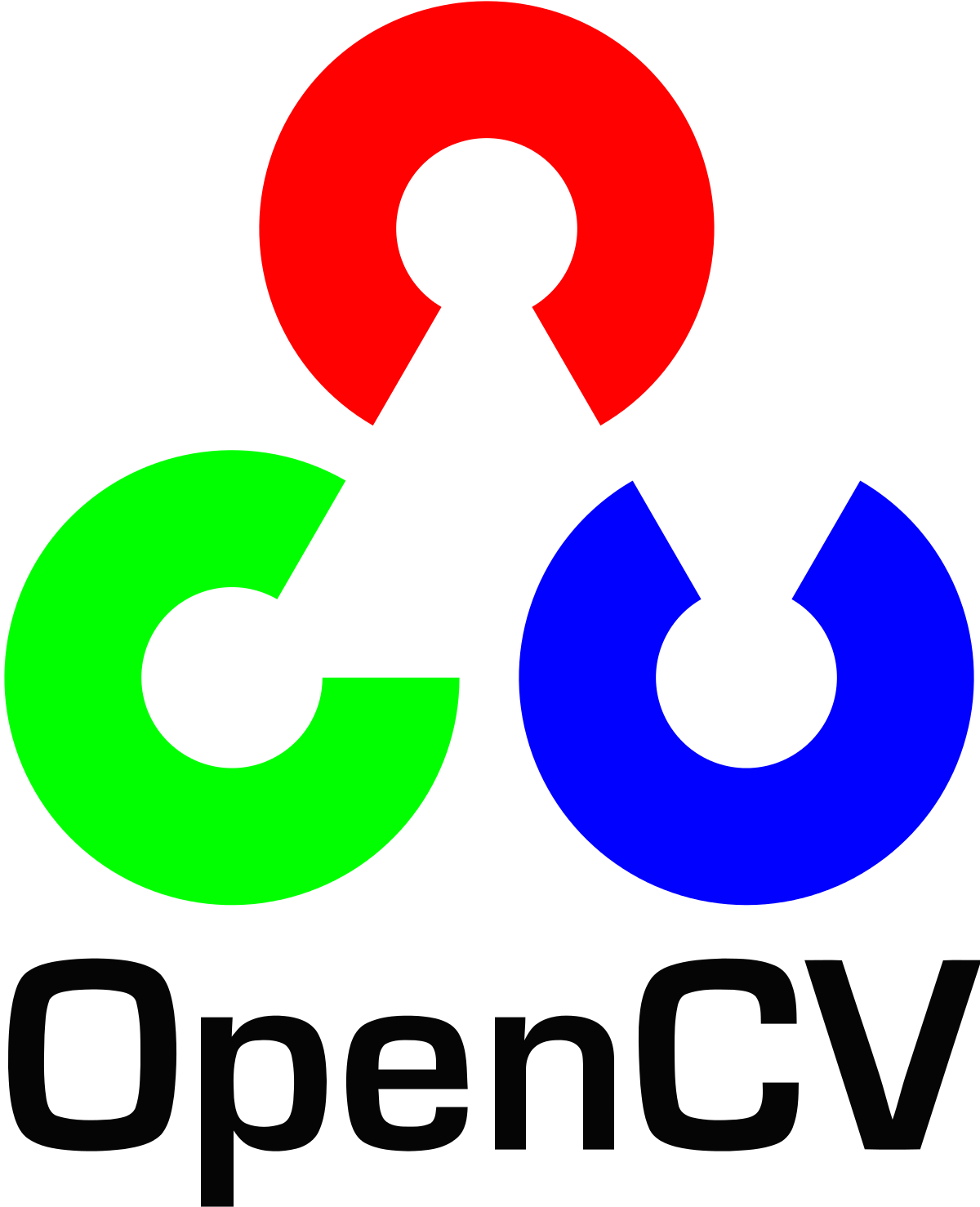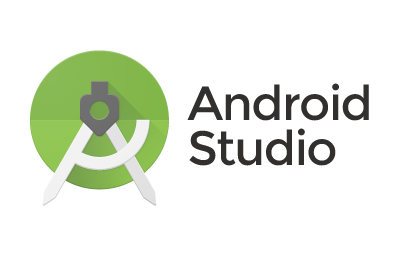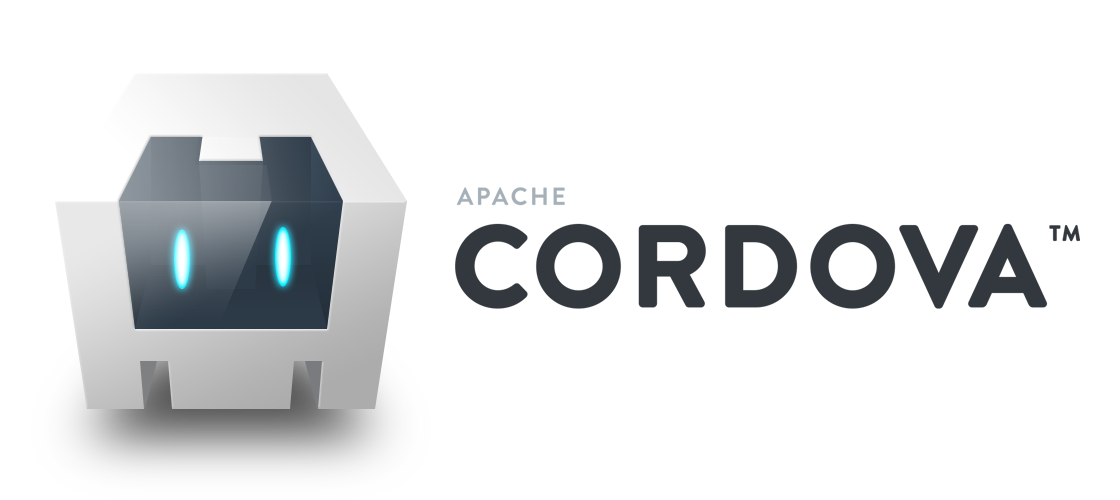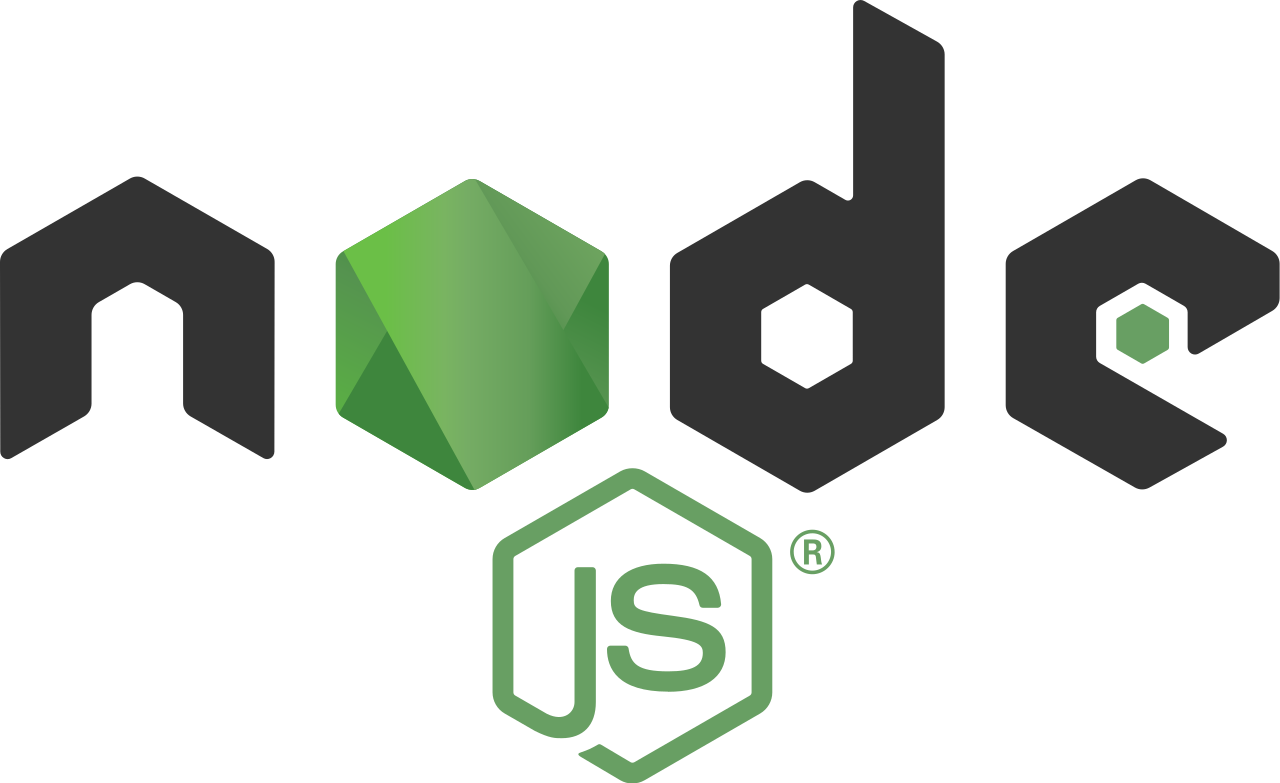Self-confidence is one of the most important qualities that you can possess as an entrepreneur. Nobody is born with self-confidence. Rather, it is something that is learned through experience. Before you can master anything, you first have to practice it. If lack of confidence is holding you back from achieving success, it’s time to start flexing your confidence muscles.
Are you ready to learn 5 ways to boost your self-confidence so that you can catapult your business to new heights?
Confidence is something that you develop
When it comes to building a business, the perception that you have of yourself and your abilities affects everything that you do. In my opinion, you can be a highly intelligent business person but still be held back by feelings of not being deserving of success. This is a recipe for disaster. Without self-confidence, you won’t get far.
Anyone who has ever built a business knows what a roller coaster ride it can be. It’s easy to feel super confident when things are going well. However, in the business world, you cannot expect to stay on top all the time. There will be times when you will find yourself fighting against your fears. That is the moment where we develop a type of maturity that allows us to revalue. And how do we revalue? Looking where we are, where we want to go, and how we will go for it. This murky moment should be seen as a moment of opportunity, to experience other ways of doing things without changing your goal. Perhaps in the first instance, we do not understand the context of the circumstances, but then, in the course of it, we observed that it was the best thing that could have happened. These previous expressions can be the impulse to build self-confidence.
Similarly, you may question whether or not you’ve got what it takes to keep going. It’s OK to have moments of self-doubt. However, if you allow your fears to take over every decision that you make, they will become a massive obstacle between you and success. This mindset only becomes a breeding ground for low self-confidence.
Let's talk about 5 ways that you can boost your self-confidence
1. Monitor Your Self-Talk
Do you talk to yourself like you would to someone that you love and respect? If not, it’s time to start reprogramming your mind for success. Your self-talk can have a huge impact on your sense of self-worth. It can affect your relationships, your health, and your business. When you talk negatively about yourself, it destroys your self-confidence.n entrepreneur can do almost everything, they could do almost everything poorly. Just like any other person, an entrepreneur has one or two natural talents. As an entrepreneur, it is your job to identify those talents and focus on them to your fullest. Surround yourself with people who are strong where your talents are weakest. Great companies are built on the foundation of exploiting a few strengths, not on trying to be masters of everything.
Luckily, you have the power to control your inner dialogue by consciously choosing to think positive and empowering thoughts. Successful entrepreneurs know that a positive attitude goes a long way in business. Not only does positive self-talk allow you to better cope with the ups and downs of your business, but it also helps you master your emotions. Make an effort to become your own best cheerleader instead of your own worst critic. If you don’t believe in yourself, then how do you expect anyone to believe in you?
2. Stop Waiting to Feel Confident
You’ve got to stop waiting to feel confident and just start acting “as if” you already are. Your mind will always try to play tricks on you. It will try to tell you all of the reasons why you aren’t confident. Don’t buy into these lies. This mindset will only keep you stuck in one place. I think we can all agree that self-doubt is no fun. The moment that you start second-guessing yourself, your brain jumps on board and starts working against you.
You can feel tired of waiting for self-confidence to knock at your door, deciding to replace hesitation with action. The moment that you realized that you could take action despite feeling scared beyond belief, was the moment that you started to develop your confidence muscles. Instead of waiting for your fear to dissolve, you learned how to make friends with it by stepping outside of your comfort zone. It is possible to do everything that you think you cannot do.
If you feel uneasy about doing something, go for it. Look for tools, educate yourself about it, look for people who are experts in what you want to do so much, look for the necessary resources, create a plan and habit, among many other ways to give direction to what you want to do so much. But go for it, do not let anything stop you because, in the end, you will see that it was the best you could have done.
3. Be Clear on Your Purpose
If you feel unclear about what your purpose is, then you will always struggle to achieve success. Having a clear “why” is the fuel that propels you to take action. If you don’t know why you should do something, you are going to lack commitment. This is when self-doubt creeps into play.
In the beginning stages, the world of entrepreneurship can feel like an arduous journey. This is why you have to have a purpose. By getting crystal clear on why you want to build a business, you will have a solid vision in place for how to get there. When you align who you are with the work that you do, you are on your way to where you want to be. If you do not know where you are going, how do you expect that you will ever get there? When your business goals are backed by your purpose in life, you will believe in yourself and your work; which will make others believe in you and your work, too.
4. Get Over Your Fear of Failure
In the business world, you can’t hide from fear. There is a common misconception that all successful entrepreneurs have zero fears. Wrong! Just like anyone else, we have fears about failing. However, we just choose to act despite them. Failure is the stepping stone to success in life. It allows you to experiment and learn from your mistakes. Having the opportunity to learn from failure can turn it into a positive experience if the brain has a chance to learn from its mistakes.
I have personally failed thousands of times in my business and I guarantee that I will fail more. However, the reason why you don’t get affected by failure is that I view it as an opportunity to reevaluate where I currently am. Doing so allows me to make better decisions in my business. One of the best ways to get over the fear of failure is to be more afraid of not taking action and settling for an existence that is far below what you deserve. You don’t become successful in business by not taking any risks. What will you lose by not taking a risk? Let that be your driving force.
5. Exercise Confidence
Confidence is just like a muscle. The more you exercise it, the stronger it gets. Self-confidence can be learned, practiced, and mastered, just like any other skill. Once you master it, everything in your life will change for the better.t’s not for the money. People are driven to serve an important purpose, in addition to getting a paycheck. Many businesses never define their real purpose for existence, and continually attract a mix of employees who are seeking success in different ways. Clarify your company’s purpose, beyond just making money, and you set the stage for attracting like-minded employees. A team focused on the same goal is a very powerful force.
Instead of only using your confidence when it’s most needed, practice being confident all of the time. This may mean that you need to fake it until you feel it. Do whatever it takes to show up as the best version of yourself every single day. Doing so will inspire others to act in the same way.
Build healthy habits into your daily routine that will give you the self-esteem boost that you’ve been looking for. Recite positive affirmations, create a meditation practice, or start journaling as a way to align with your inner voice. At the end of the day, it comes down to self-love. If you are consistent with these rituals, soon enough, you will develop unshakeable confidence.
This is how to develop self-confidence…
At the end of the day, confidence will be the driver of your business success which is why you want to master this quality. This doesn’t mean that you won’t have bad days where your self-doubt creeps in. A lot of people suffer from a lack of confidence at some point in their lives. However, if you make self-confidence a daily practice, I promise that you will be better able to identify your triggers so that you can stop them dead in their tracks.
When you have a healthy level of confidence, you can be at your best, which in turn, will allow your business to soar. You are amazing. Don’t ever forget it. Are you ready to start flexing your confidence muscles?
